Recombinant Human APP protein(Asp672-Val710), His&GST-tagged
| Cat.No. : | APP-26791TH |
| Product Overview : | Recombinant Human APP protein (APP770) (P05067-1)(Asp672-Val710), corresponding to the Beta-amyloid protein 39, was expressed in E. coli, fused with the N-terminal polyhistidine-tagged GST tag at the N-terminus. |
- Specification
- Gene Information
- Related Products
- Case Study
- Application
- Download
| Species : | Human |
| Source : | E.coli |
| Tag : | GST&His |
| Protein Length : | Asp672-Val710 |
| Form : | Lyophilized from sterile 50 mM Tris, 100 mM NaCl, 20% glycerol, 0.05% Tween 20, pH 9.5. Normally 5 % - 8 % trehalose, mannitol and 0.01% Tween80 are added as protectants before lyophilization. |
| Molecular Mass : | The recombinant human Beta-APP39/GST chimera consists of 278 amino acids and has a calculated molecular mass of 32.2 KDa. It migrates as an approximately 34 KDa band in SDS-PAGE under reducing conditions. |
| Purity : | > 85 % as determined by SDS-PAGE |
| Storage : | Samples are stable for up to twelve months from date of receipt at -20°C to -80°C. Store it under sterile conditions at -20°C to -80°C. It is recommended that the protein be aliquoted for optimal storage. Avoid repeated freeze-thaw cycles. |
| Reconstitution : | It is recommended that sterile water be added to the vial to prepare a stock solution of 0.2 ug/ul. Centrifuge the vial at 4°C before opening to recover the entire contents. |
| Gene Name | APP amyloid beta (A4) precursor protein [ Homo sapiens ] |
| Official Symbol | APP |
| Synonyms | APP; amyloid beta (A4) precursor protein; AD1, Alzheimer disease; amyloid beta A4 protein; peptidase nexin II; preA4; protease nexin-II; peptidase nexin-II; beta-amyloid peptide; alzheimer disease amyloid protein; cerebral vascular amyloid peptide; AAA; AD1; PN2; ABPP; APPI; CVAP; ABETA; PN-II; CTFgamma; |
| Gene ID | 351 |
| mRNA Refseq | NM_000484 |
| Protein Refseq | NP_000475 |
| MIM | 104760 |
| UniProt ID | P05067 |
| ◆ Recombinant Proteins | ||
| APP-3646H | Recombinant Human APP protein, His-tagged | +Inquiry |
| APP-387R | Recombinant Rat APP Protein, His (Fc)-Avi-tagged | +Inquiry |
| APP-15839H | Recombinant Human APP, His-tagged | +Inquiry |
| APP-27315TH | Recombinant Human APP | +Inquiry |
| AK5-8433H | Recombinant Human AK5 protein, GST-tagged | +Inquiry |
| ◆ Cell & Tissue Lysates | ||
| APP-3087HCL | Recombinant Human APP cell lysate | +Inquiry |
Case 1: Goettemoeller AM, et al. Nat Commun. 2024
Finding ways to prevent Alzheimer's is vital, but we're still in the dark about why certain brain regions are hit early on. In Alzheimer's, the entorhinal cortex is the first to show hyperactivity, which links to mental decline. The reason for this regional preference is not clear. Studies using mice identified the entorhinal cortex's unique response to human amyloid precursor protein (hAPP). Here, hyperactivity in the cortex happened because certain interneurons, like the parvalbumin ones, were more vulnerable compared to nearby neurons. Adding a humanized amyloid-beta to an APP model showed similar outcomes. Surprisingly, dialing up Tau protein alongside hAPP reduced this hyperexcitability but ramped up problematic tau, and boosting interneuron activity also helped in controlling the hyperexcitability.
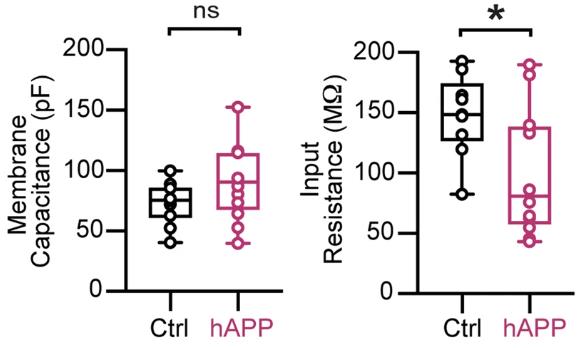
Fig1. Summary data of AP properties.
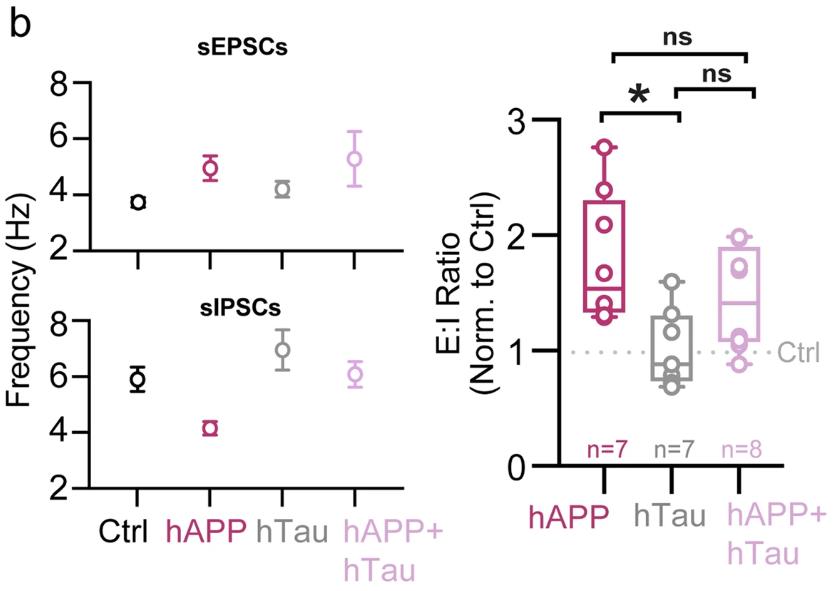
Fig2. Spontaneous events obtained by holding cell voltage at −70 mV and 0 mV, interleaved.
Case 2: Juul-Madsen K, et al. Nat Commun. 2024
The peripheral immune system has a big impact on brain health, especially in neurodegenerative diseases. It can both shield the brain and provoke inflammation, but exactly how it works isn't clear. Often, before Alzheimer's Disease really kicks in, there's a preliminary stage where changes start to happen. We've discovered large Aβ aggregates in the plasma of patients with mild cognitive impairment. These are linked to early Alzheimer's-like brain changes and reduced CD18-rich monocytes, as shown by certain PET scans. We found that complement receptor 4 binds strongly to amyloids. Aβ aggregates are mainly phagocytosed and activate lysosomal activity via this receptor in stem cell-derived microglia. Monocyte integrin activation boosts size-selective Aβ phagocytosis. Calculations indicate Aβ aggregates stick to cortical capillary walls, potentially aiding in recruiting CD18-rich monocytes into the cortex.
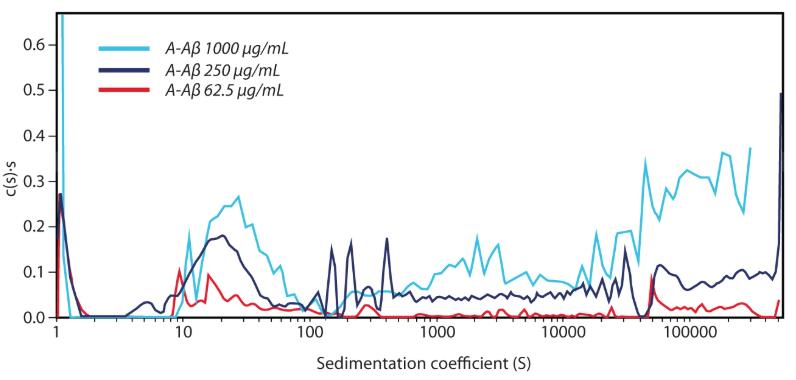
Fig1. Rayleigh interference optical sedimentation boundaries of A-Aβ.
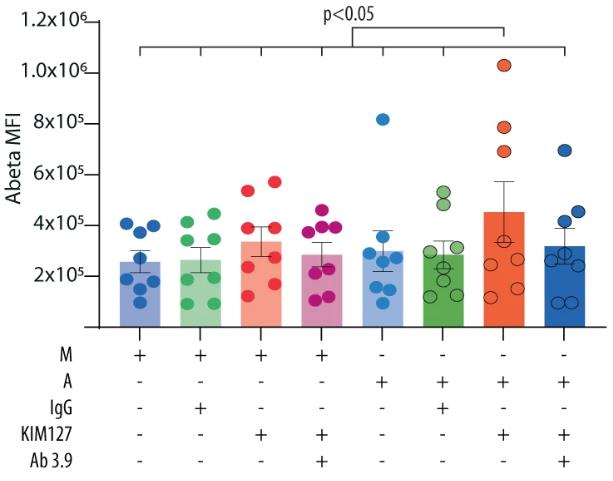
Fig2. Aβ uptake influenced by Aβ aggregation, KIM127 activation, and CR4 function blocking.
Recombinant Human APP (rhAPP) is mainly used in scientific research to understand its biological functions and build disease models. As a transmembrane protein, Human APP takes part in various cellular activities like adhesion and signaling. In research settings, rhAPP helps to mimic and study these processes. Exploring neurodegenerative diseases such as Alzheimer's Disease (AD) heavily relies on understanding rhAPP, mainly because it plays a major part in generating amyloid-beta (Aβ). Researchers are curious about rhAPP's interaction and dimer formation, as these insights help clarify how APP contributes to cell sticking and message passing.
In industrial production, rhAPP finds its applications in drug development and biopharmaceutical technologies. For instance, through expanded genetic code techniques, unnatural amino acids can be incorporated into rhAPP, providing sites for bioorthogonal reactions. This is vital for protein surface modifications, targeted drug conjugation, and fluorescent labeling. Additionally, recombinant techniques improve rhAPP's stability and half-life, reducing dosing frequency and side effects in clinical treatments. These advancements not only enhance our understanding of APP's biological functions but also pave the way for developing new therapeutic strategies.
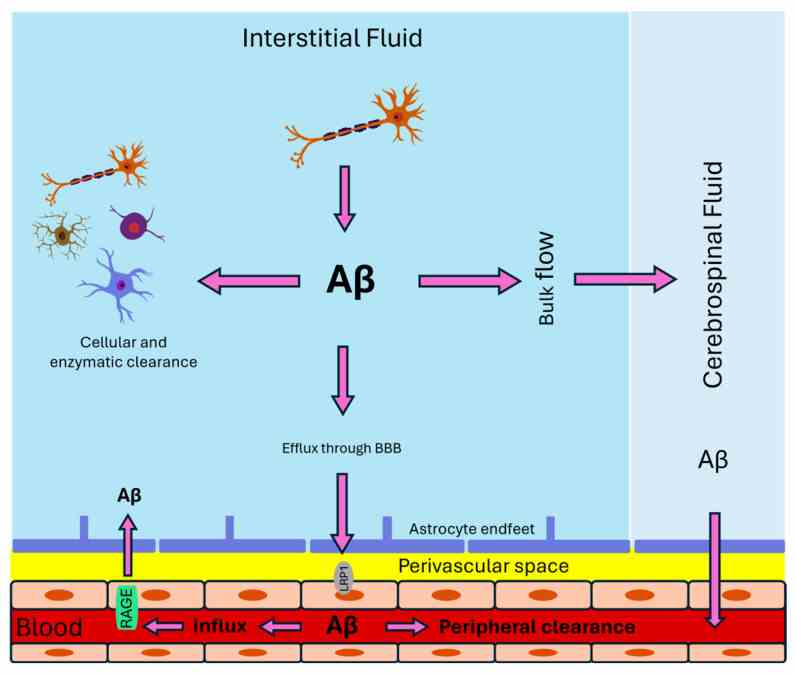
Fig1. Overview of the key Aβ transport pathways in the brain. (Andrey Tsoy, 2024)
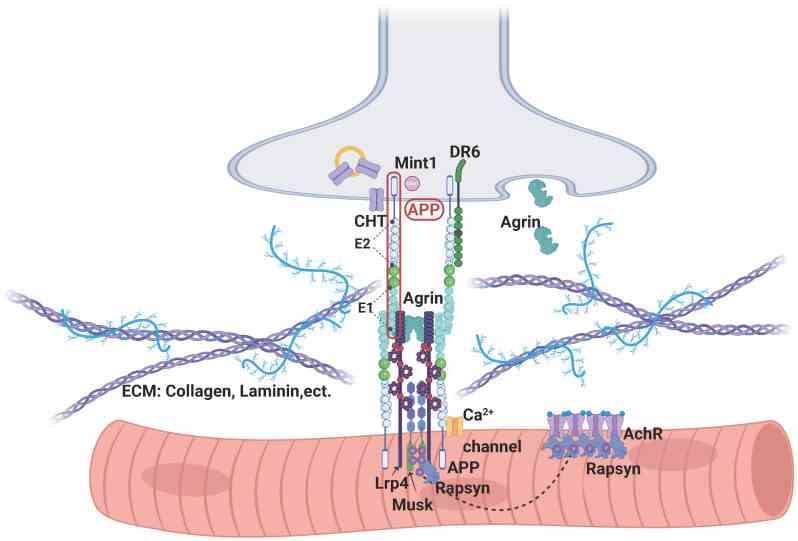
Fig2. Molecular interaction of APP/APLPs at the NMJ. (Min-Yi Wu, 2023)
Not For Human Consumption!
Inquiry
- Reviews
- Q&As
Ask a Question for All APP Products
Required fields are marked with *
My Review for All APP Products
Required fields are marked with *
Inquiry Basket


